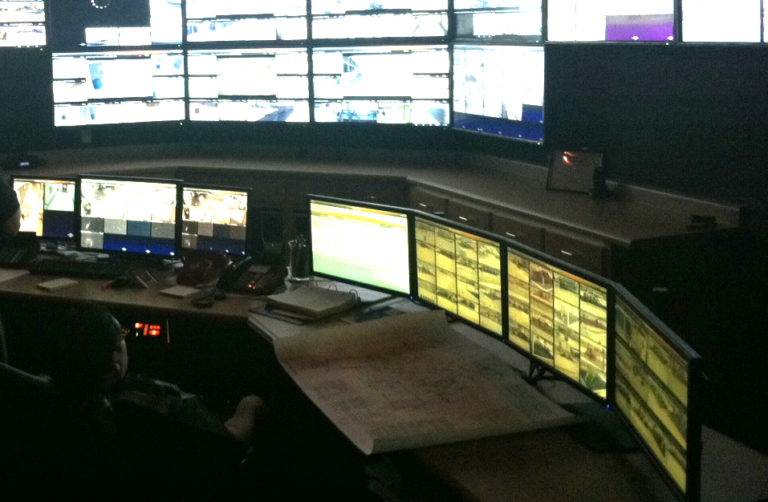by Josh Tafoya, Technical Trainer
We are all in the alarm business. Here at Bold Group, we provide software and services to the monitoring center. There are commercial monitoring centers, some small, some large. There are proprietary monitoring centers serving their own clients. There are governmental organizations and law enforcement agencies. The entire extended Bold family is over 600 centers strong.
The one issue we all manage is false alarms. I can’t think of a monitoring center that doesn’t have to contend with them. To some, false alarms are a minor annoyance. For whatever reason, they have little impact on the monitoring center itself, but there are ways monitoring centers can reduce false alarms.
What is Causing False Alarms?
For most monitoring centers, false alarms cause angry customers, angry dealers, and fines from local authorities. Even worse, if they become excessive, they can cause the operators to become complacent. The team that cries wolf won’t be believed when it does happen.
So, what causes false alarms? I’ve seen several common themes: pets and pests setting off motion sensors, wind causing branches, curtains, or other items to set off motion detectors, outdated or faulty equipment incorrectly reporting a trip, and of course, user error.
How to Stop False Alarms
There are things a monitoring center can do to reduce false alarms:
Resolution codes. If you aren’t requiring them, and you have excessive false alarms, start requiring them now. At the very least, you will be able to view statistics based on the number and type of resolution codes. If you are using them, but haven’t revisited the list in a while, take a moment to look at them. Make sure all the codes are still valid. Run some reports and gather some statistics, and work with your operators to make sure the correct codes are being used in the correct situations.
Remember, it’s possible to amend a resolution code, even if it has already been chosen. By keeping an eye on the cause of the alarm, as reported by the operator at the end, you will have a better big-picture view.
Other verification tools may also help improve false alarm dispatches. Video cameras allow operators to look at video from the time of the alarm, and identify what triggered the system, or if in fact there is an actual crime being committed. The police are much more likely to dispatch with priority if there is video from the time of the event.
Two-trip programming can also assist in situations where there are known to be a likelihood of false alarms. For example, if a motion sensor inside a room is often false, two-trip programming can be used to tie the alarm on the motion sensor to the door nearby.
Hopefully, this short list offers a few solutions to reducing false alarms, or at the very least, some ideas on how better to manage and mitigate them.
